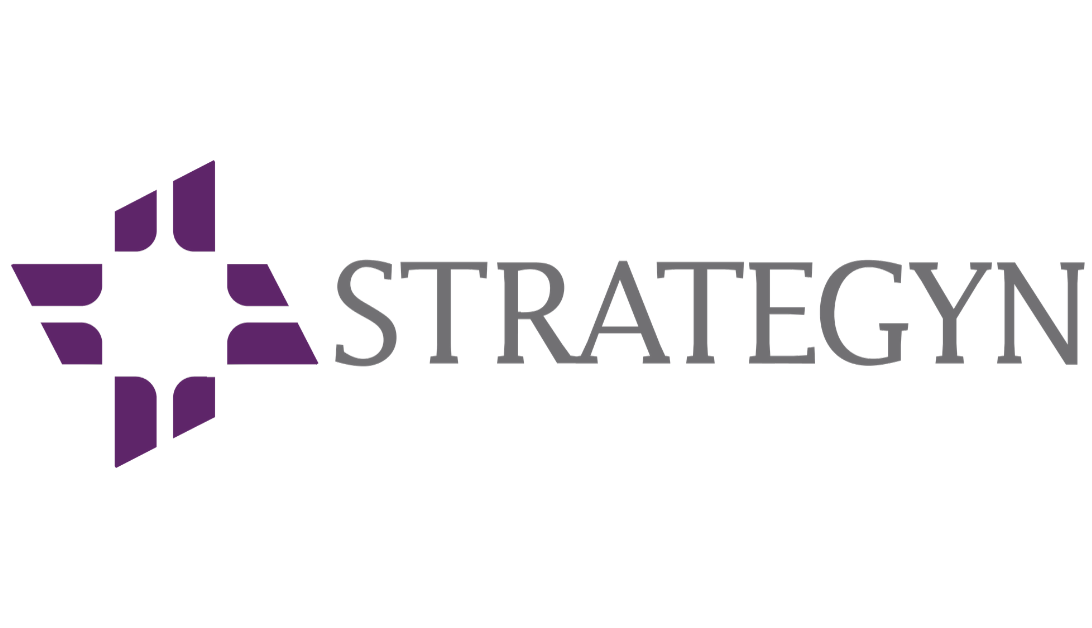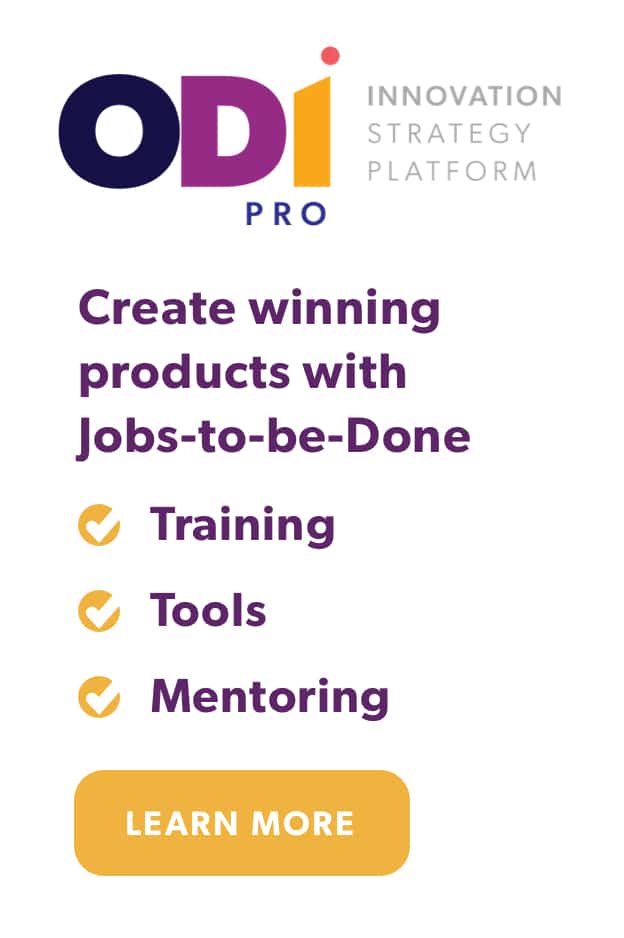Failure, especially with an eight-figure price tag, is a bitter pill to swallow. One of our clients recently faced a significant product failure that caught them off guard. Despite their efforts to adjust the marketing message and pivot the strategy, the product landed with a thud, leading them to abandon it.
Companies often launch products and services that miss their goals. Why do product launches fail? There are three reasons.
- The product or service’s differentiating features (as defined by the company) are simply not desired by the market.
- The launch marketing fails to communicate the value to the market clearly.
- The product or service does not provide enough value as an incentive to switch from what they are using currently.
How do things reach this point without warning signs? The signs are there, but hitting the brakes in the rush of product development is challenging. Momentum often masquerades as progress, and tight deadlines demand forward movement. The missing link is the crucial quantitative insights pointing to where the market was truly underserved. A deep dive into understanding the customer’s Job-to-Be-Done (JTBD) and capturing customer outcomes (needs) through Outcome-Driven Innovation (ODI) on the front end dramatically reduces the likelihood of a launch failure. The ODI method precisely identifies market opportunities, ensuring that only initiatives with a high probability of success make it to development.
But what if a company is past the opportunity identification phase and is already in the development process preparing for launch? Can ODI still salvage the situation? The answer is a definite yes. While not as high fidelity as a full ODI project upfront, a modified ODI approach can still prevent major product failures.
In essence, we employ the ODI process to reverse engineer the stated benefits of a new product into extremely precise outcome statements. Each feature and its resulting benefits translate into 3-5 outcome statements, resulting in 30-40 need statements that we quantify in a short survey. This process validates or refutes the company’s stated value proposition through in-depth testing of the underlying needs related to the stated value of the new product (or service). While not a complete Job-to-Be-Done project, this partial approach proves effective in various decision scenarios.
Three such scenarios are outlined below:
- Modify the Product for Greater Success: A client with a preliminary product concept hired Strategyn to reverse-engineer the product features and benefits into precise need statements. We then tested those need statements in the market through a survey and concept test. The quantification process identified over and underserved areas, which enabled the team to make product adjustments before the launch. They realized they had plenty of additional opportunities and wanted to ensure they addressed those in their first product version.
- Update and Improve Launch and Marketing Strategies: A medical device client approaching a product launch sought clarity on emphasizing benefits in their marketing. Leveraging ODI, we converted key features into precise outcome statements and quantified those needs with potential customers. This pointed precisely to where there were significant opportunities for value creation. These insights empowered the client to refine their value proposition, ensuring a more impactful launch.
- Decide to Kill the Product: Like the examples above, we applied the same process to a product concept that a client had in development. The team had some concerns about the concept’s commercial viability but felt it was worth pre-testing it in the market. This time, the insights did not support the launch, and the decision was made to kill the concept. The concept failed to meet the satisfaction criteria that justified the investment. Even though this decision was NOT to launch the product, it proved to be a positive result for the company, saving significant costs associated with tooling, launch, and sales. They dodged a bullet.
As we mentioned, while this modified ODI project is not equivalent to a complete ODI project done upfront, these back-end insights are invaluable in navigating uncertainties around a product launch, aiding informed decisions on whether and how to proceed. This Strategyn project type is quicker and less expensive to deploy – a small price to pay for de-risking a new product or service launch.
To fortify your product launch strategy and increase the likelihood of success, contact us at [email protected], and we’ll share more about this unique application of Outcome-Driven Innovation.



